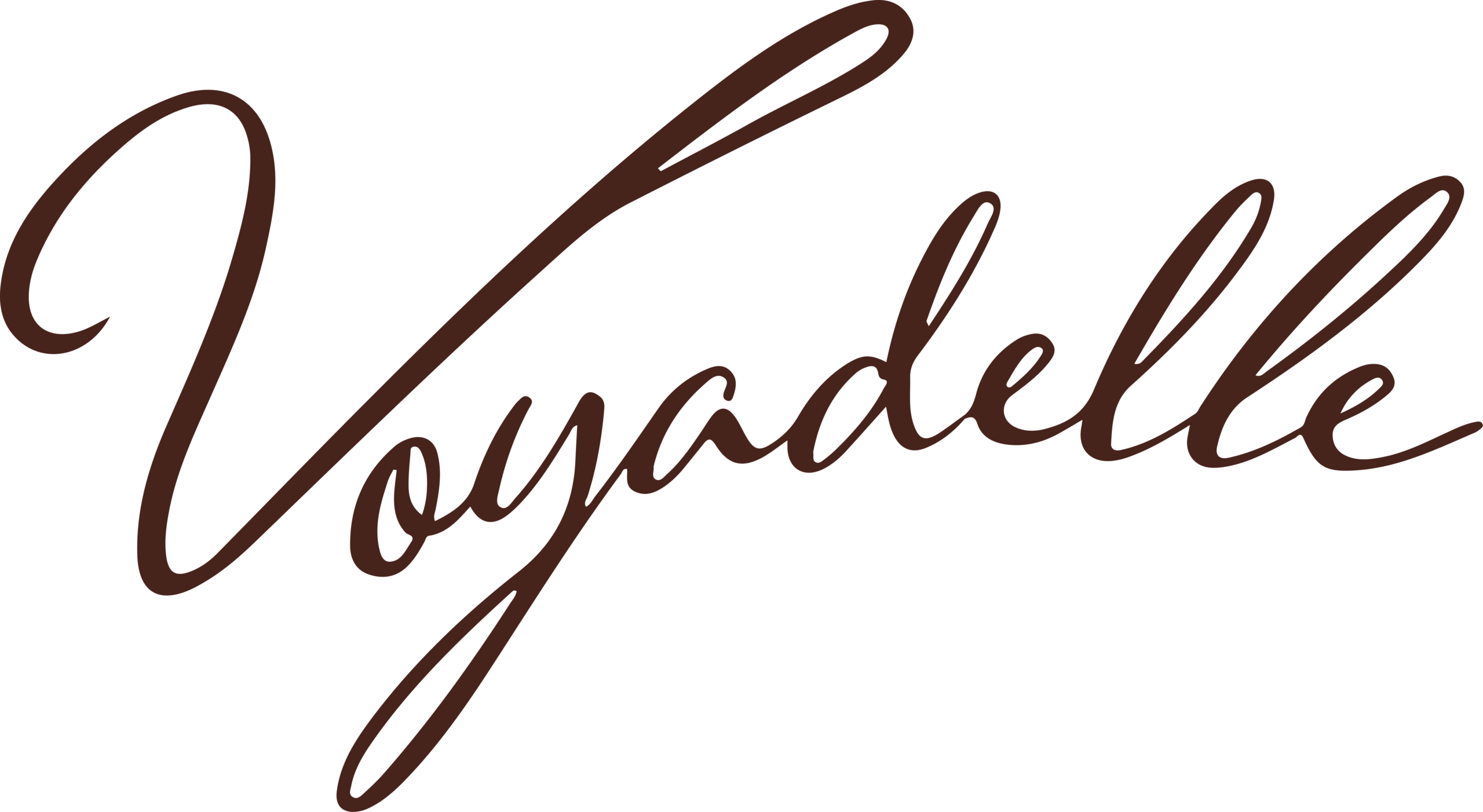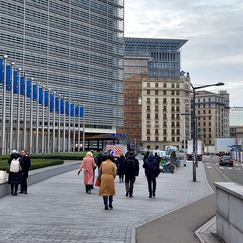
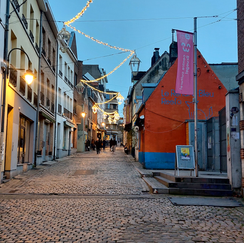
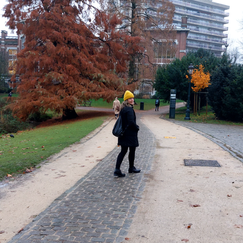
A visit to Brussels is enough to dispel the cliché, which unjustly accompanies it, that it is a boring and colorless city. As the administrative center of the European Union, it has become associated with bureaucrats, but it has layers of history, beauty, vitality and interest greater than its geographical size.
Depending on the season, the experience is different. In spring and summer you enjoy walking more comfortably, the parks are green and the beer gardens spread out on the cobblestones, while in winter you enjoy the northern, nice cold (hopefully it doesn’t rain), the Christmas markets and the Christmas lights show on the always spectacular Grand Place.
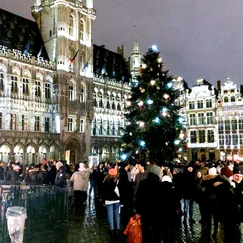
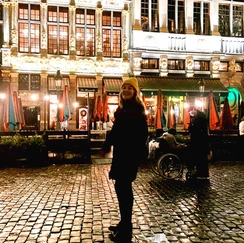
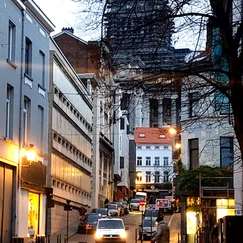
Personally, the first thing that won me over in Brussels is its architecture. It has such variations that it bombards you with images, as if delivering a fast-paced history lesson. The art nouveau facades and Gothic churches, next to the skyscrapers and glass buildings of the European Union, are mixed with a diffuse surrealist aura from the graffiti. It is not by chance that it has the nickname Comic City.
On the other hand, the magnificent chocolate shops, cafes and lively pubs, the nice restaurants, the interesting neighborhoods, complement the serious face of the city, which is given to it by the headquarters of the European Union and the European Parliament, which can be visited daily.
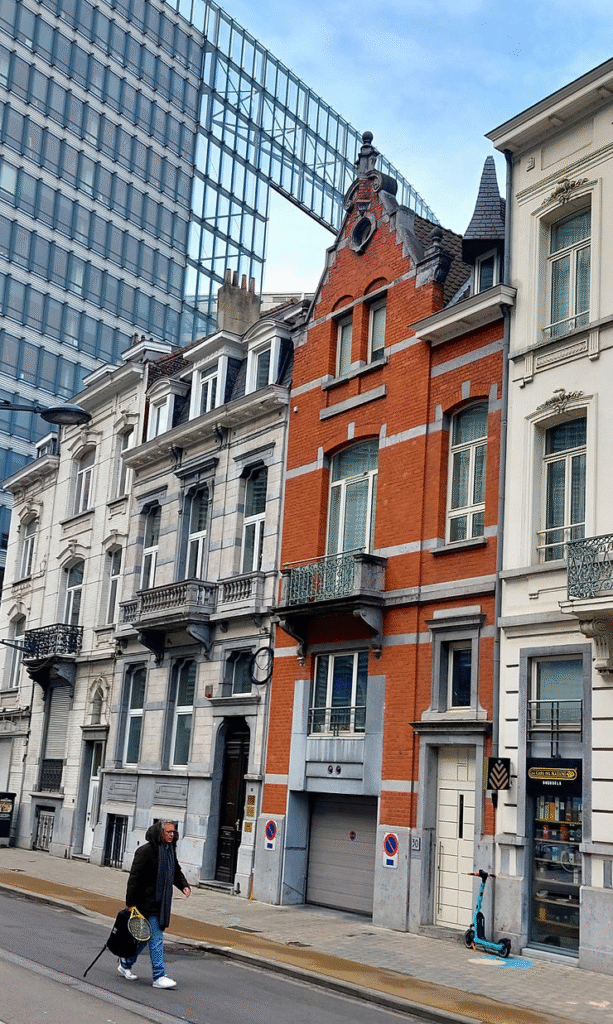
Absolute must: the Grand Place
A visit to Brussels without spending time in the Grand Place is simply unthinkable. The architectural wealth of this square is overwhelming. It is an impressive UNESCO World Heritage Site with elegant and luxurious buildings from any side you look at. Here you will see the town hall (one of the most beautiful in the country), the Maison du Roi, which houses the Museum of the City of Brussels, and a series of magnificent guild houses built in the late 17th century, with architectural styles ranging from Baroque to Gothic, competing to be the most beautiful and opulent.
A stone’s throw from the Grand Place are the Royal Galleries, one of the oldest covered galleries in Europe. A wonderful walk for any time of year, but at Christmas it takes on a different dimension with the decorations and lights.

Manneken Pis: A paradoxical little statue
Very close to the Grand Place, the Manneken Pis, meaning “the little one who pees”, is a small bronze statue depicting a boy urinating in a fountain. It is a classic pose, which says a lot about the humor and culture of the Belgians. The statue was designed by Jérôme Duquenois and placed in its place in 1619 and over time, it became the city’s mascot, as well as a symbol of the Belgian temperament.
The statuette we see today is a copy, since the original has been stolen many times, and is now in the Museum of the City of Brussels.
The Royal Quarter: An 18th-century masterpiece
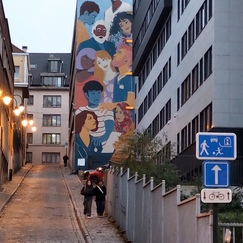
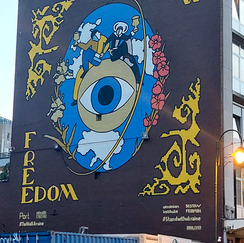
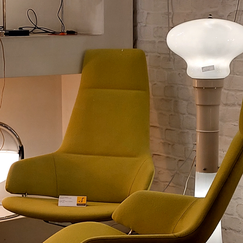
The Place Royale maintains its historical function as the “building of the executive power” and houses the Royal Palace, the “office” of the Belgian King. A magnificent complex that includes the Parc de Bruxelles or Royal Park. Walk, enjoying the beautiful gardens and the magnificence that exudes the harmoniously built mansions. Look across the park for the Palais des Nations, the seat of the Belgian Parliament, the statue of Godfrey of Bouillon and the church of Saint-James, which resembles a Greco-Roman temple.
Brussels and comics go hand in hand
The ninth art is everywhere: in shops, galleries, open-air markets and festivals. More than 80 murals in various areas introduce you to the wonderful world of comics. It is common to turn a street and come face to face with Tintin, Cubitus, Billy and Buddy, Blake and Mortimer or Corto Maltese.
The Marolles neighborhood, which I loved and would like to move to (it happens to me every time I get excited about a place) is undoubtedly the most authentic part of Brussels and resembles a district of Paris. They say it reflects the diverse and friendly people of Brussels, as it was a working-class neighborhood.
It has cobblestone streets with the city’s oldest bars, brasseries and art galleries, as well as many antique, second-hand and vintage clothing stores, bookstores and cool record stores.
The area is known for its open-air market that takes place daily on Place du Jeu de Balle and the street art that gives it a special character. Here you will find the largest number of comic book murals in Brussels, by young artists who have given the neighborhood murals inspired by the world of the famous medieval master Bruegel.
At Crevette Records, you will feel like a DJ, since you can listen to some incredible electronic music albums on the spot before buying them. Complete the urban experience by trying the balance yours at the Ursulines skatepark.
Going to or leaving the Marolles Palace of Justice it is impossible not to notice the colossal Palace of Justice and rises above the district where, for centuries, death sentences were carried out. Inaugurated in 1883, it was and still is one of the largest courthouses in the world.
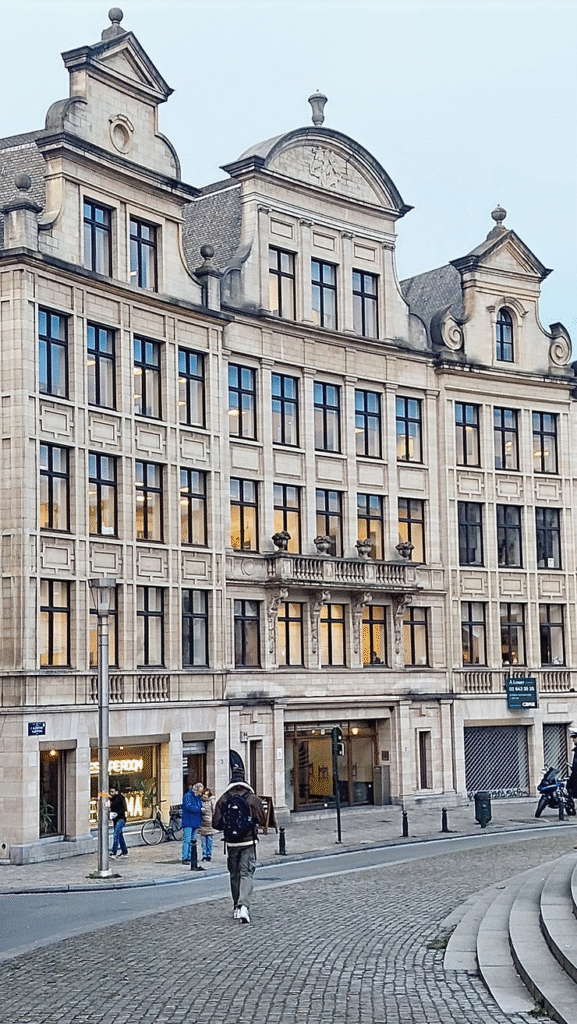
Returning to the cheerful side of life, fans of the ninth art will also take a stroll through the “sébébédé” (from the initials of the Centre Belge de la Bande Dessinée), the Belgian Comic Strip Center, where they will find over 40,000 volumes related to the history, creators and art of comics, as well as temporary and permanent exhibitions, which do not miss the most famous Belgian, Tintin.
Street art and modern art
The Banksy Museum (Lakensestraat, 28 / 1000 1000 Bruxelles)
presents the largest number of murals and life-size reproductions of works by the famous street artist from Bristol, which are not exhibited anywhere else, as well as works by other international artists.
The Place Royale is home to perhaps the most popular museums in the city, including the Museum of Modern Art, with a collection of works by Rubens and classic paintings by the surrealists Magritte and Delvaux.
Mussels and French fries
Belgium is the homeland of chocolate, beer, waffles, mussels with French fries, while you will easily find restaurants with good cuisine.
Be sure to order fritkots (Flemish for fried potatoes) with mussels, one of the local specialties, and enjoy them with one of the 400 varieties of beer on offer. Personally, I’m not a fan of beer, but in Belgium, beers are really interesting.
Kaasmarkt Street (near Grand Place) is home to many restaurants with cuisines from all over the world and of course Greek meze, which is why you’ll see signs like Athenes and Plaka. For a snack and a quick bite, choose St. Catherine’s Square.
Although the debate over which chocolate is better, Belgian or Swiss, will not be settled today, it’s impossible not to try and eat your weight in chocolate while you’re in town. Among the best chocolatiers in Brussels, note Wittamer, Pierre Marcolini and Boutique Neuhaus in the excellent Galerie de la Reine in Brussels, which has been operating since 1857 in the same location.
Nearby, in the Parliament area, enjoy quality meat, such as ribeye, sirloin steak or Argentine barbecue “Asados” and value for money wines at Meet Meat (https://meetmeat.be). Nearby, at the Irish pub Kitty O’ Dheas (Bd Charlemagne 42, 1040) loved by journalists and eurocrats, due to its proximity to the European neighborhood, you will enjoy a variety of beers, as well as brunch or food, and often hosts live music.
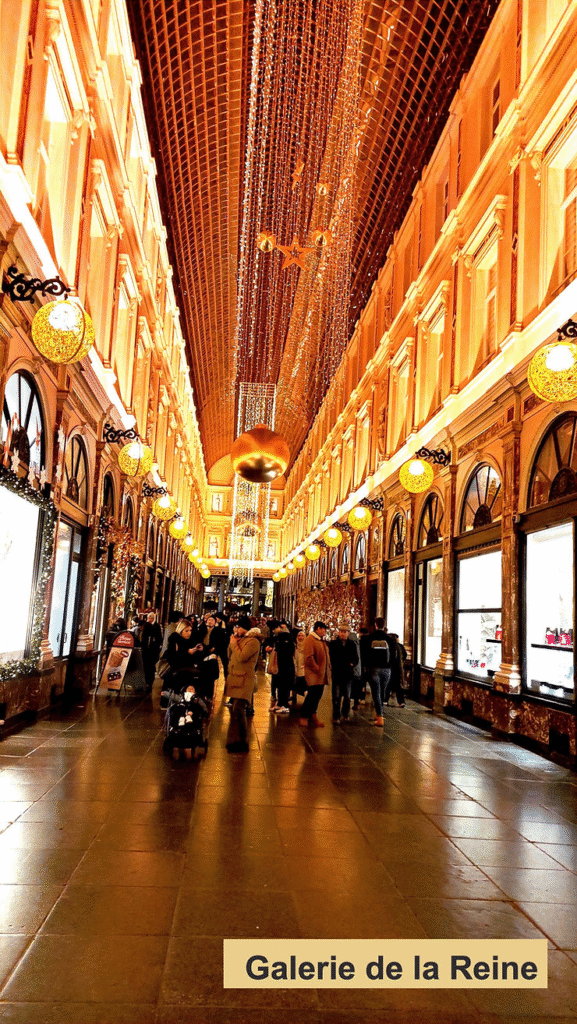
All of Europe in miniature
One of the must-see attractions is the 102-meter-high Atomium, a representation of a metal molecule, magnified 165 billion times, located in the Park of the Five Hundred Years. Inside, it hosts exhibitions and offers stunning views of the city of Brussels.
In the Mini-Europe park, you will see all the wonders of Europe in miniature, thanks to miniatures of Europe’s historical monuments – including a 12-meter-long Acropolis and a 13-meter-high Eiffel Tower. Design lovers will not want to miss the Design Brussels Museum just a stone’s throw away, which was born after the Atomium acquired a private collection. Finally, the Saint-Gilles district, full of art nouveau buildings, is home to architect Victor Horta, one of the pioneers of art nouveau, responsible for many architectural gems in Brussels. In his own house, which has been converted into a museum, you will find all the hallmarks of the art nouveau style.
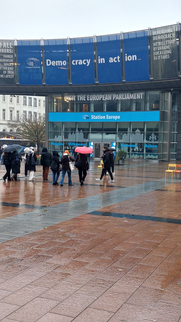
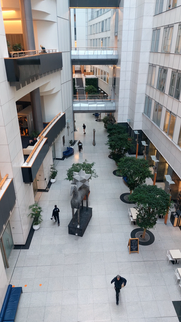
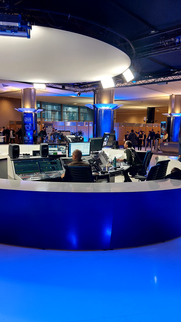
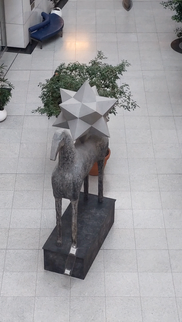
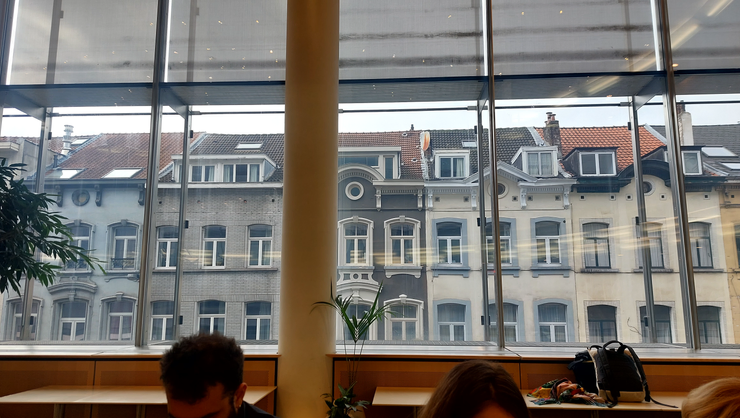
Where the pulse of Europe beats
The European Quarter is home to the European institutions and is where the decisions that affect our lives as Europeans are made. Here, you can watch plenary sessions in the Parliament’s hemicycle and learn more about the Union thanks to the Parlamentarium, the House of European History and Experience Europe. (https://visiting.europarl.europa.eu/el/visitor-offer?dateFrom=2023-12-31)
It is not just a neighborhood with gray and austere offices, but a landmark neighborhood for lovers of modern and art nouveau architecture, full of parks and museums such as the beautiful Léopold Park or Parc de Bruxelles.
Finally, don’t forget to include a day trip to Ghent and Bruges, two Flemish cities that will leave you with unforgettable impressions.
